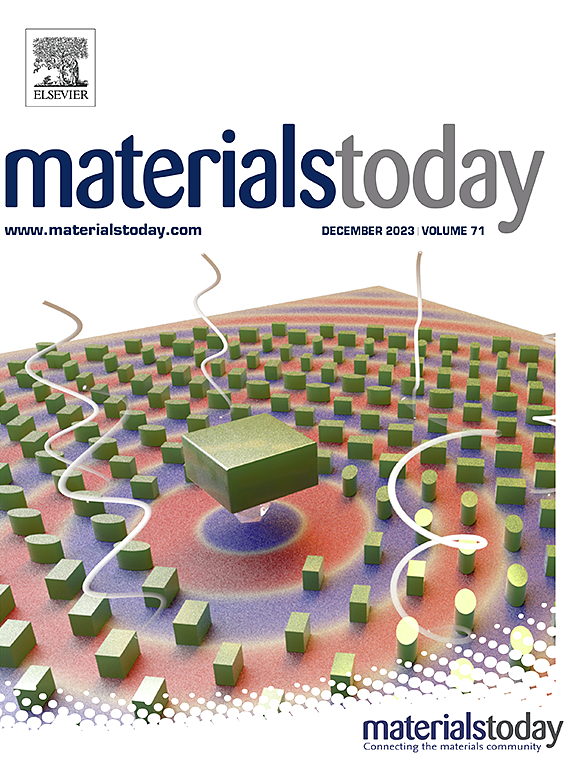S-scheme heterojunction photocatalysts based on 2D materials
IF 21.1
1区 材料科学
Q1 MATERIALS SCIENCE, MULTIDISCIPLINARY
引用次数: 0
Abstract
As an emerging photocatalytic system for the use of solar energy, step-scheme (S-scheme) heterojunction has demonstrated its high efficiency and prospect in the realms of energy conversion and environment treatment. To provide a deep understanding of the superiority of the S-scheme heterojunction in photocatalysis, the history and evolution of the S-scheme heterojunction are revisited and covered based on the challenges and issues faced by single photocatalysts and other types of heterojunctions. Afterwards, the design principle and characterization techniques of the S-scheme heterojunction are summarized and reviewed. Owing to the unique structural features with fascinating electronic, photonic, and chemical properties, two-dimensional (2D) materials have been widely used in the construction of the S-scheme heterojunctions. Based on the contact mode of the two components, the S-scheme heterojunction based on the 2D materials can be classified into 0D/2D, 1D/2D and 2D/2D heterojunctions. The versatility of the combinations provides 2D-based heterostructures plenty of intriguing physio-chemical properties, making them promising candidates for the photocatalysis of many critical reactions. Herein, the latest updates for the development of the 2D materials-based S-scheme heterojunctions are presented and discussed. Moreover, the challenges and future directions for the S-scheme heterojunctions are critically approached and outlined.

求助全文
约1分钟内获得全文
求助全文
来源期刊

Materials Today
工程技术-材料科学:综合
CiteScore
36.30
自引率
1.20%
发文量
237
审稿时长
23 days
期刊介绍:
Materials Today is the leading journal in the Materials Today family, focusing on the latest and most impactful work in the materials science community. With a reputation for excellence in news and reviews, the journal has now expanded its coverage to include original research and aims to be at the forefront of the field.
We welcome comprehensive articles, short communications, and review articles from established leaders in the rapidly evolving fields of materials science and related disciplines. We strive to provide authors with rigorous peer review, fast publication, and maximum exposure for their work. While we only accept the most significant manuscripts, our speedy evaluation process ensures that there are no unnecessary publication delays.
 求助内容:
求助内容: 应助结果提醒方式:
应助结果提醒方式:


